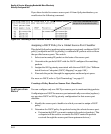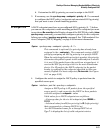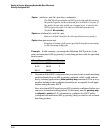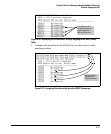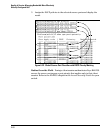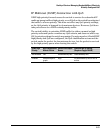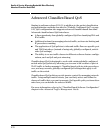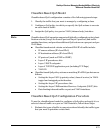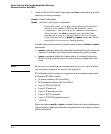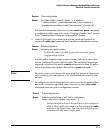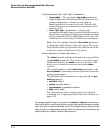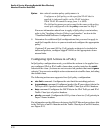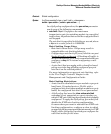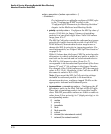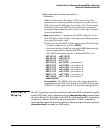
Quality of Service: Managing Bandwidth More Effectively
Advanced Classifier-Based QoS
2. Create an IPv4 or IPv6 traffic class using the class command to select the
packets you want to manage.
Context: Global configuration
Syntax: [no] class < ipv4 | ipv6 > <classname >
Defines the name of a traffic class and specifies whether a
policy is to be applied to IPv4 or IPv6 packets, where
< classname > is a text string (64 characters maximum).
After you enter the class command, you enter the class
configuration context to specify match criteria. A traffic
class contains a series of match and ignore commands, which
specify the criteria used to classify packets.
A traffic class consists of match criteria, which consist of match and ignore
commands.
• match commands define the values that header fields must contain for
a packet to belong to the class and be managed by policy actions.
• ignore commands define the values which, if contained in header
fields, exclude a packet from the policy actions configured for the
class.
Note Be sure to enter match/ignore statements in the precise order in which
you want their criteria to be used to check packets.
The following match criteria are supported in match/ignore statements
for inbound IPv4/IPv6 traffic:
• IP source address (IPv4 and IPv6)
• IP destination address (IPv4 and IPv6)
• Layer 2 802.1Q VLAN ID
• Layer 3 IP protocol
• Layer 3 IP precedence bits
• Layer 3 DSCP codepoint
• Layer 4 TCP/UDP application port
• VLAN ID
Enter one or more match or ignore commands from the class configuration
context to filter traffic and determine the packets on which policy actions
will be performed.
6-72



